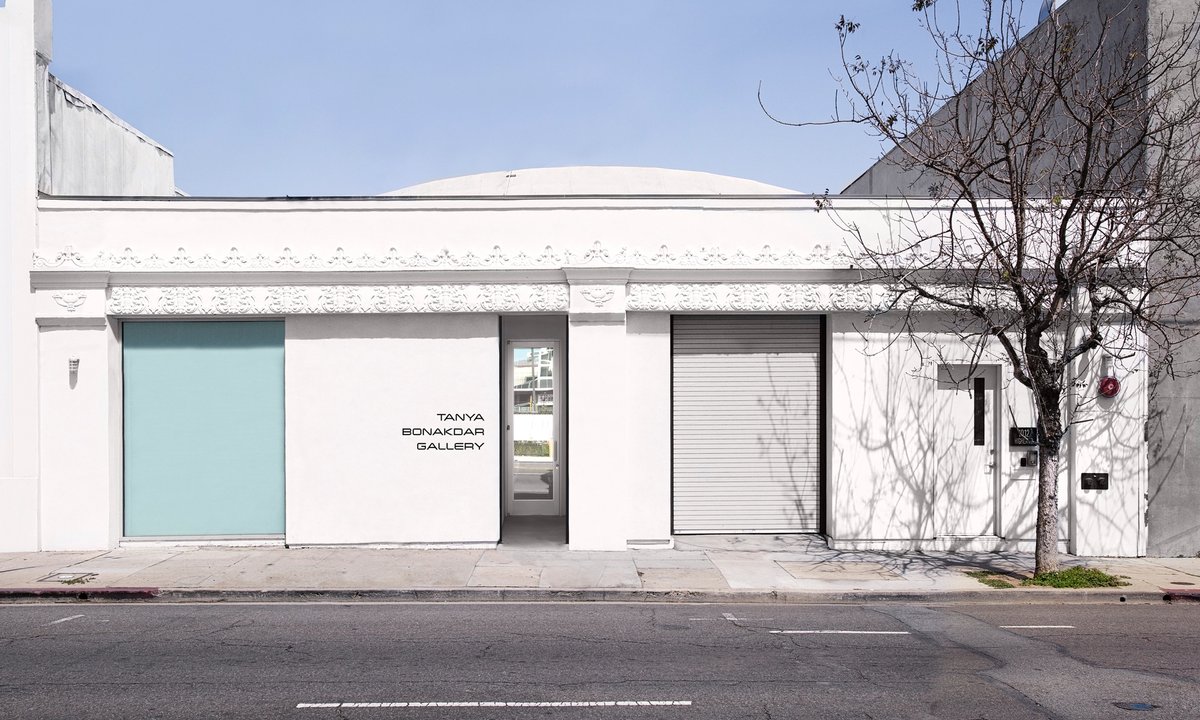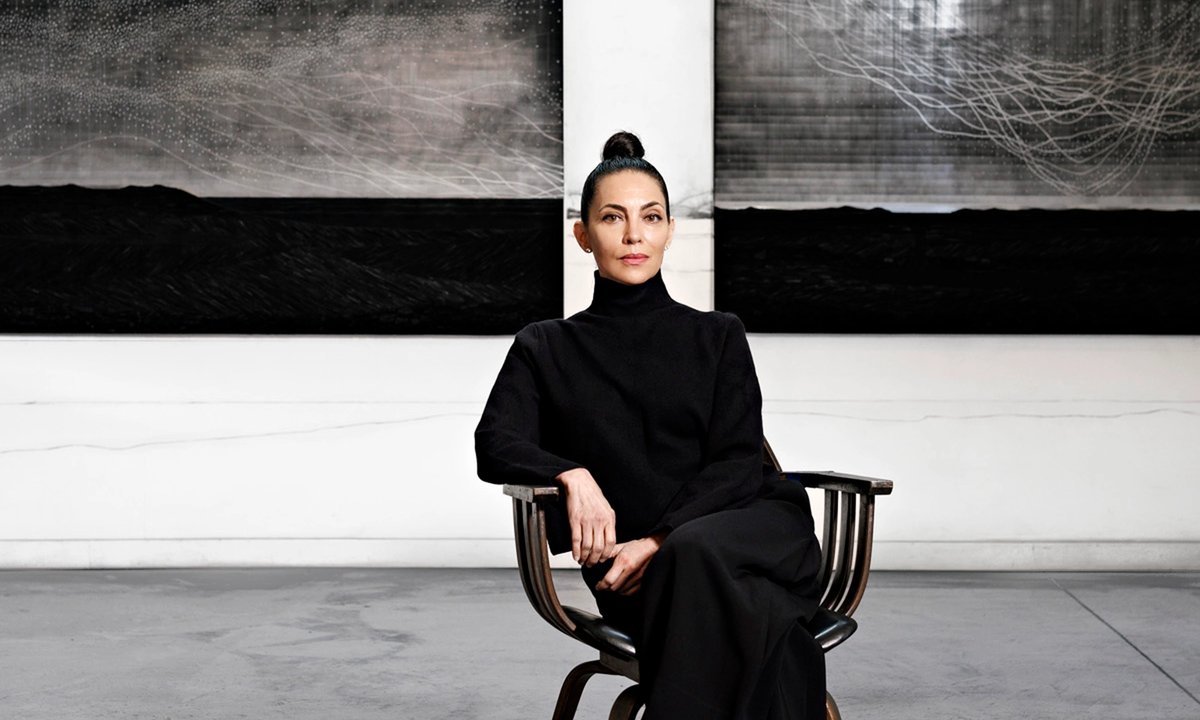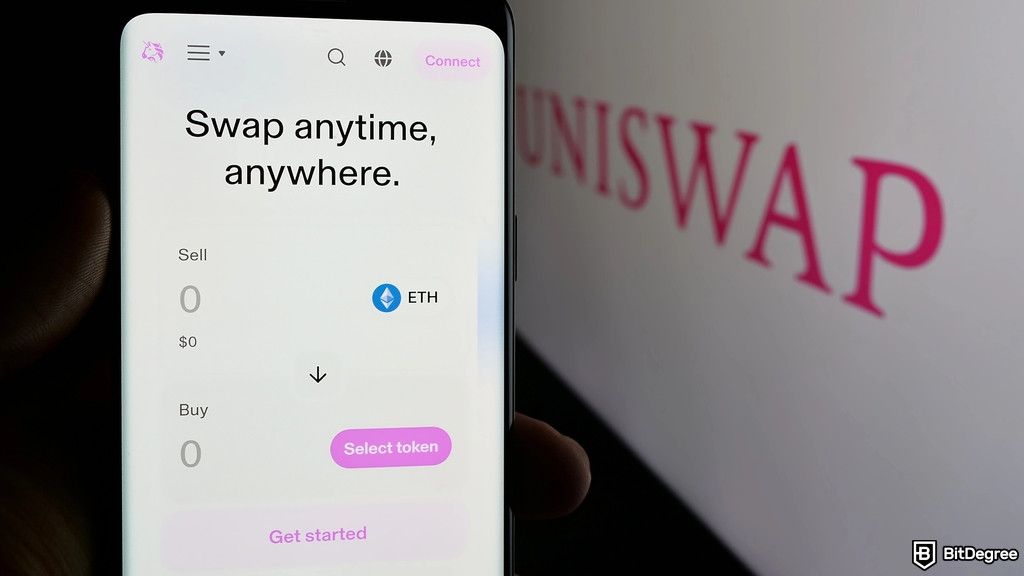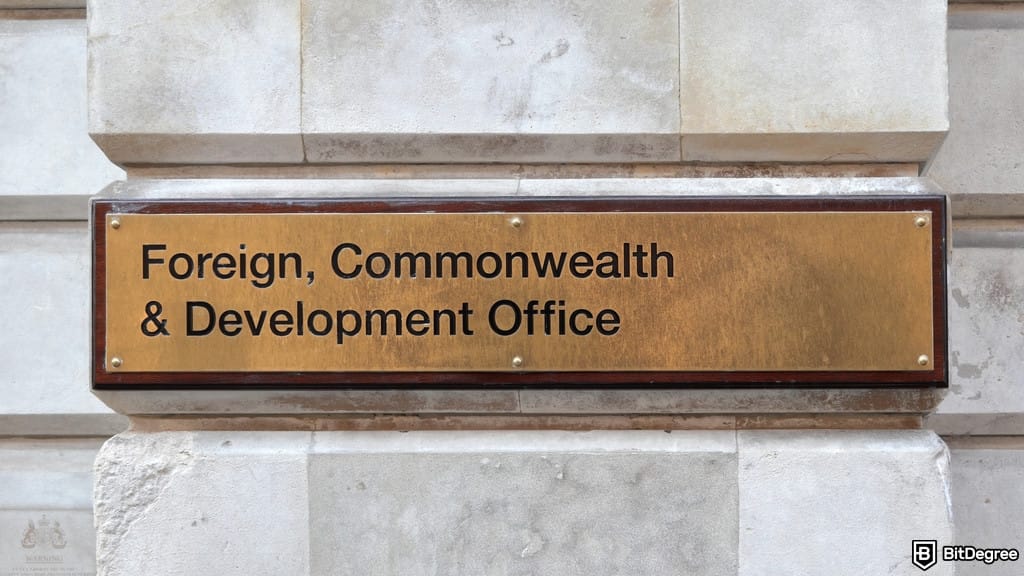Shanghai’s Rockbund Art Museum (RAM) this year became one of the only private museums in China to offer free admission, as part of celebrations marking its 15th anniversary. According to RAM’s executive director and chief curator, X Zhu-Nowell, the move has been a worthwhile declaration of institutional values. However, it has not been without its challenges, with visitors taking to social media to complain about long wait times and “inappropriate” responses to queries.
The free admission launched in May 2025 with a trio of shows by Ash Moniz, Cici Wu and Irena Haiduk. Initially, visitors could pre-book timed entry slots via the museum’s channel on the social media platform WeChat. However, on 11 June, in response to what Zhu-Nowell describes as “city-wide guidance encouraging institutions to remove as many barriers to access as possible”, the museum’s pre-booking system was removed, allowing visitors to arrive without a timed entry slot.
According to social media posts by visitors, this quickly led to long waits at times, with the museum sometimes reaching its daily capacity of 500 people several hours before its 8pm closing time.
According to the Chinese outlet China Youth Daily, one visitor who was turned away from RAM later took to social media to request an explanation of the museum’s entry system. The visitor claimed to have received a response from the museum’s official account which read: “We don’t have to do that. Please don’t come back.” On 17 June the museum’s official account posted an apology for the “inappropriate comments”, with Zhu-Nowell posting a personal apology some days later.
Shortly after this incident a hybrid system of day-ahead reservations via WeChat plus same-day walk-ins was established. The Art Newspaper experienced no wait time when visiting on a July weekday, and a very short, fast-moving queue the following weekend.
Asked about the issues RAM faced, Zhu-Nowell says: “As a small, independent kunsthalle, we suddenly found ourselves receiving the kind of foot traffic typically reserved for larger, state-funded institutions. It was, as they say, a good problem to have—but a real one. Our front-of-house team faced immense new pressures, and we had to quickly rethink how to preserve the quality of experience for every visitor.”
Zhu-Nowel, who uses they/them pronouns, also sees an upside to the controversy. “Yet this moment also became an opening: not only to broaden access, but to raise a public conversation about the responsibilities of an independent, privately funded museum that serves a wide and unpredictable public,” they say. “As a non-profit contemporary art institution, we see our role not just as an organiser and presenter of exhibitions and ideas, but also as a space to prototype new, more just power structures and economies.”
While many government-backed institutions in China offer free admission, few if any other private museums have adopted the practice. Zhu-Nowell suggests that making the change to free admission demands a fundamental rethinking of the institution itself, from staffing and audience flow to programming and economic models.
“In China, conditions vary widely depending on funding structures and local governance, but a shared challenge remains: how to sustain artistic and intellectual ambition while expanding public access,” they explain. “My advice is to treat free admission not as an endpoint, but as a beginning…to imagine new institutional forms that are not merely responsive to public life, but capable of shaping it.”
In line with this, Zhu-Nowell says that for RAM, the decision to move to free admission was less about increasing foot traffic, and more about ideology. They claim that the move has since “transformed” the museum’s audience.
“We believe that cultural institutions should remain among the few public arenas where alternative forms of value, access, and participation can be modelled,” they say. “We now see more first-time visitors, more intergenerational groups, and more people who come not only for art but to rest, think, or simply inhabit the space.”































